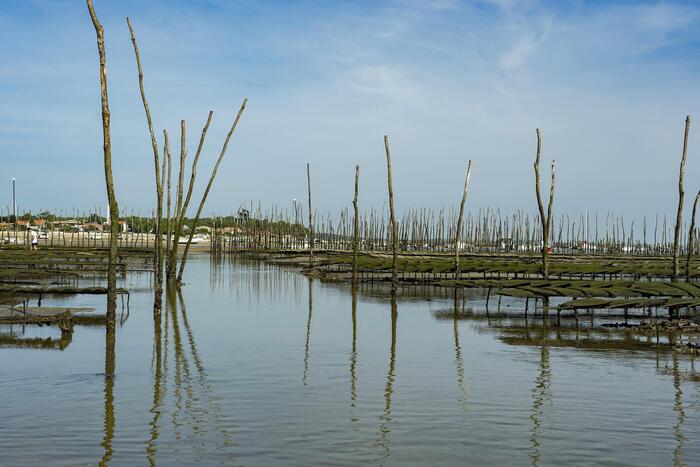Underwater archaeologists have found an oyster farm from the first and second century BC connected to the "Roman Villa of Lio Piccolo", in the municipality of Cavallino-Treporti, equipped with swimming pools for aquaculture.
This is the preliminary hypothesis the interdisciplinary team is working on.
The investigations were directed by Carlo Beltrame, associate professor of maritime archeology of the Department of Humanities of the Ca 'Foscari University of Venice with the Superintendence of Archeology, Fine Arts and Landscape for the Municipality of Venice and the Lagoon.
The first campaign took place a year ago and had made it possible to bring to light some masonry and piling structures reported a few tens of meters from the Lio Piccolo embankment.
The backdrop preserves a rectangular shaped sesquipedal brick basin datable, also on the basis of radiocarbon analysis, to the first and second century BC
In Roman times, the structure was submerged and was used for the conservation, perhaps shortly before consumption, of oysters.
These crustaceans were in fact exceptionally preserved on the bottom of the tank.
The presence of a wooden gargame, which was to divide the space by means of a shutter, suggests that this was not the only species housed in the tank.
Scholars have found foundational structures at a depth less than the average sea level.
These are dense piling driven into a compact clayey bottom that supported brick walkways covered with cocciopesto.
Numerous remains of valuable frescoes, currently being analyzed, and of black and white mosaics complete the picture.

